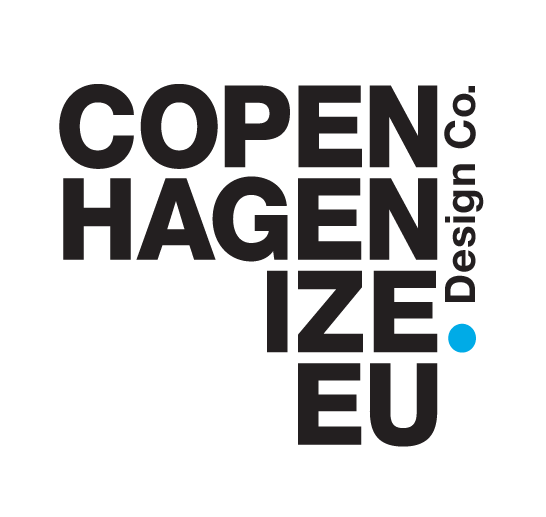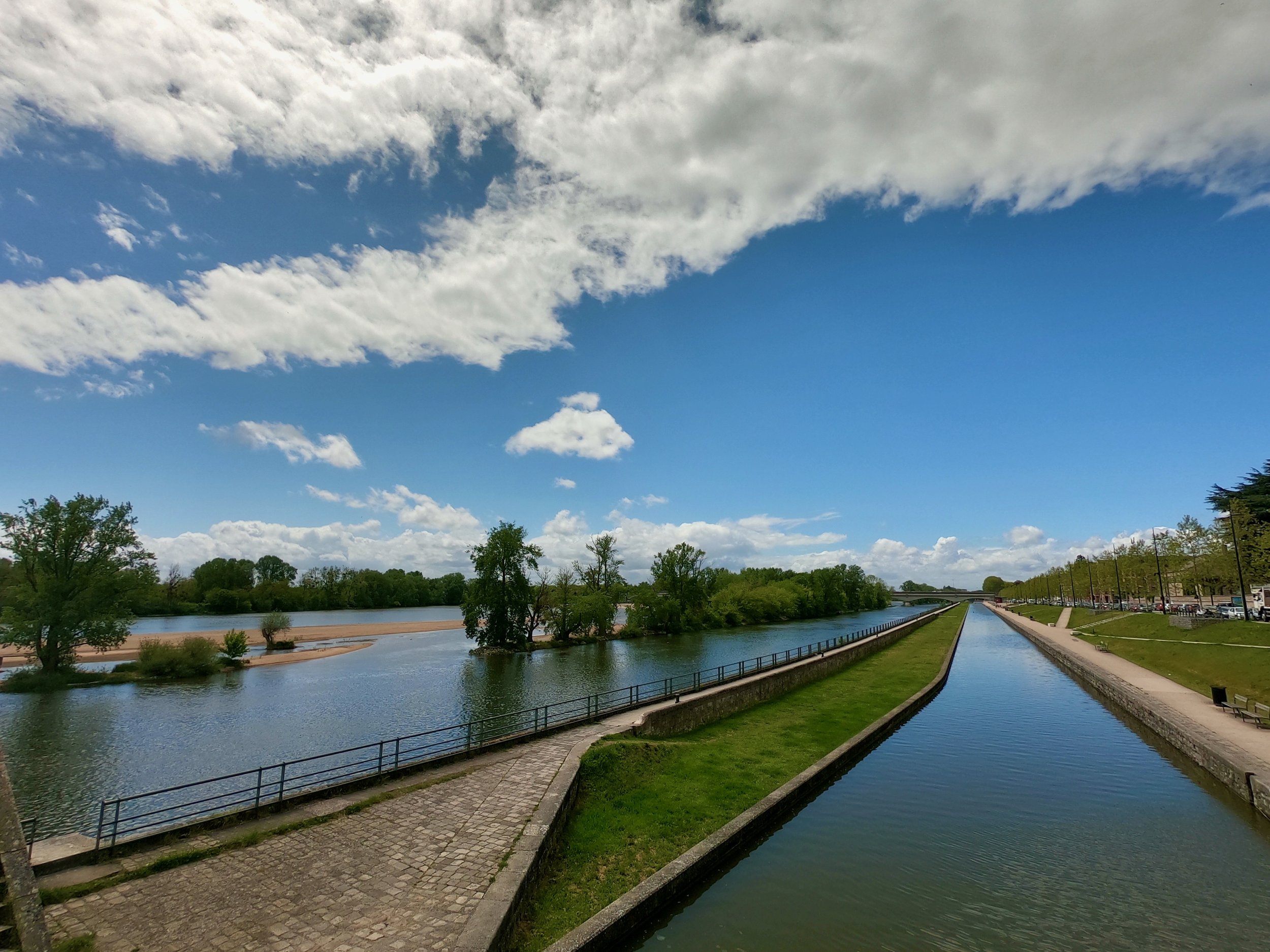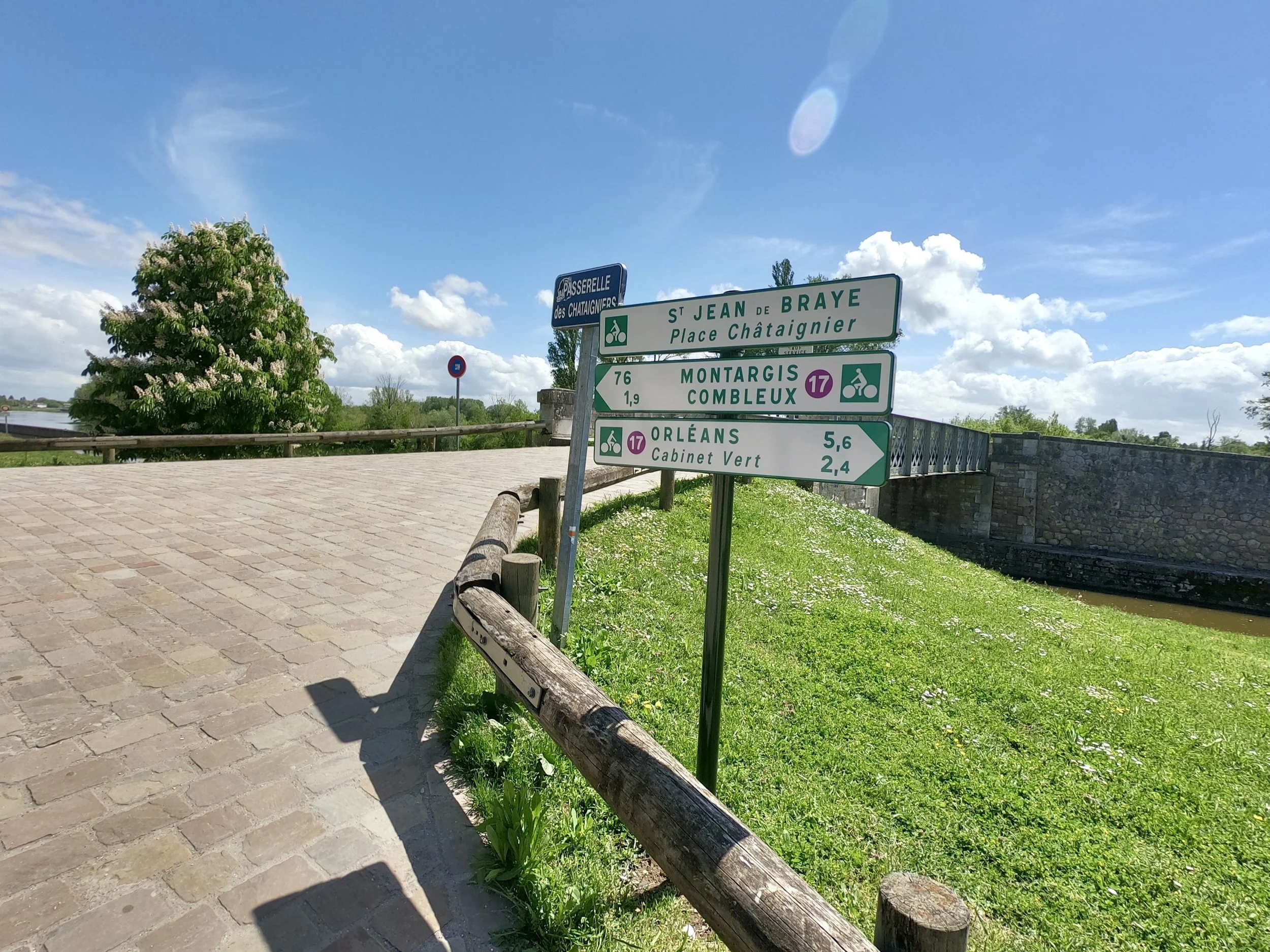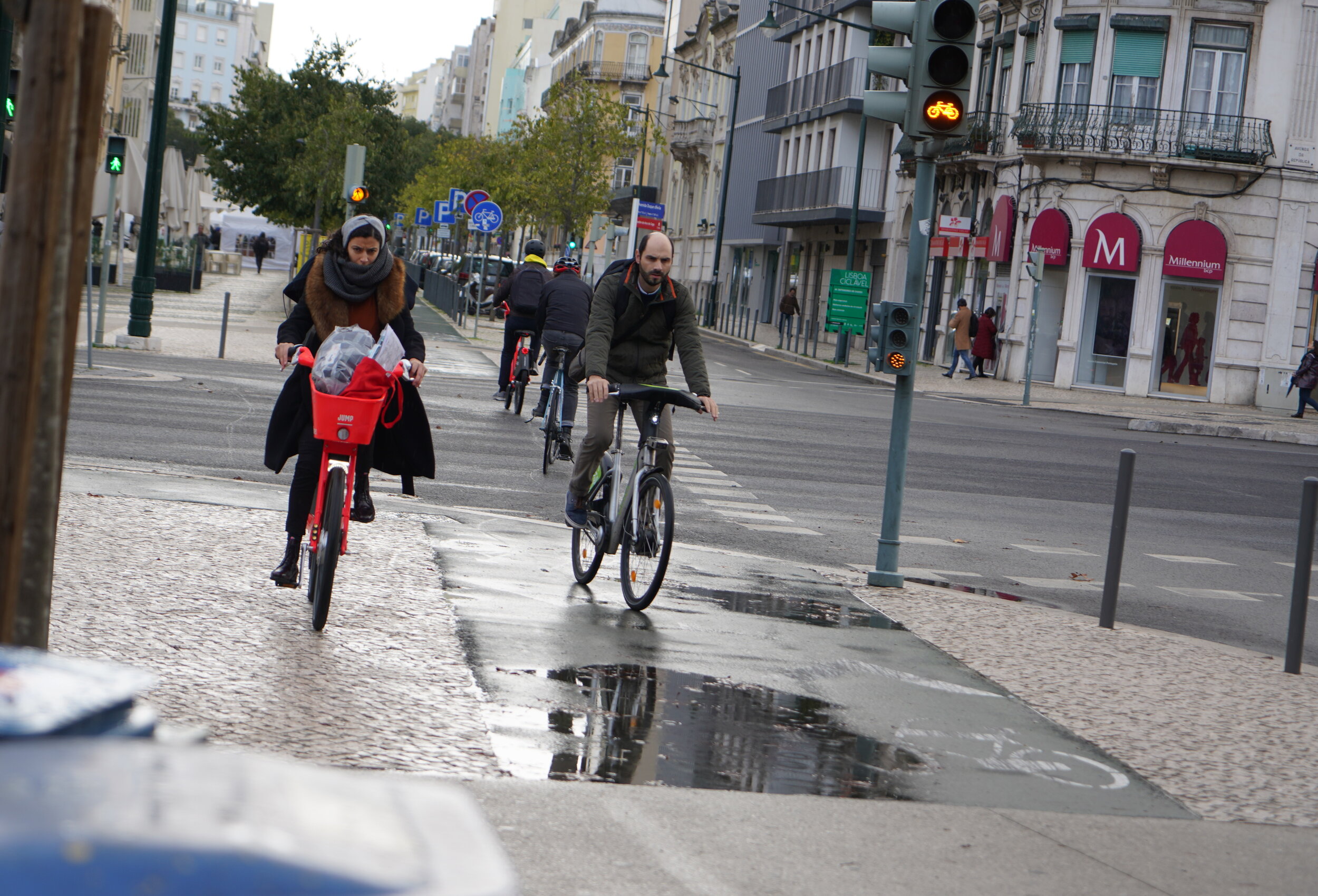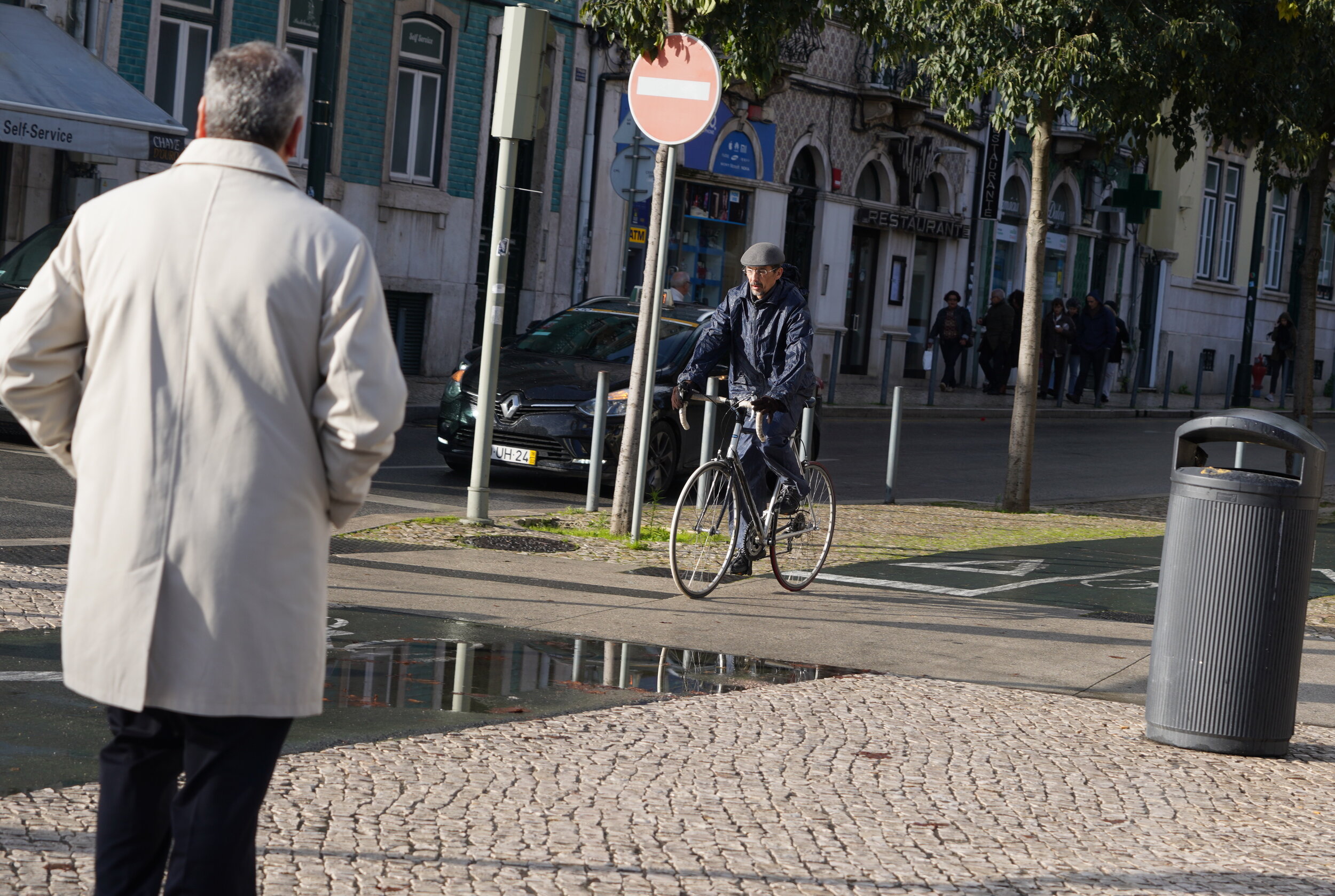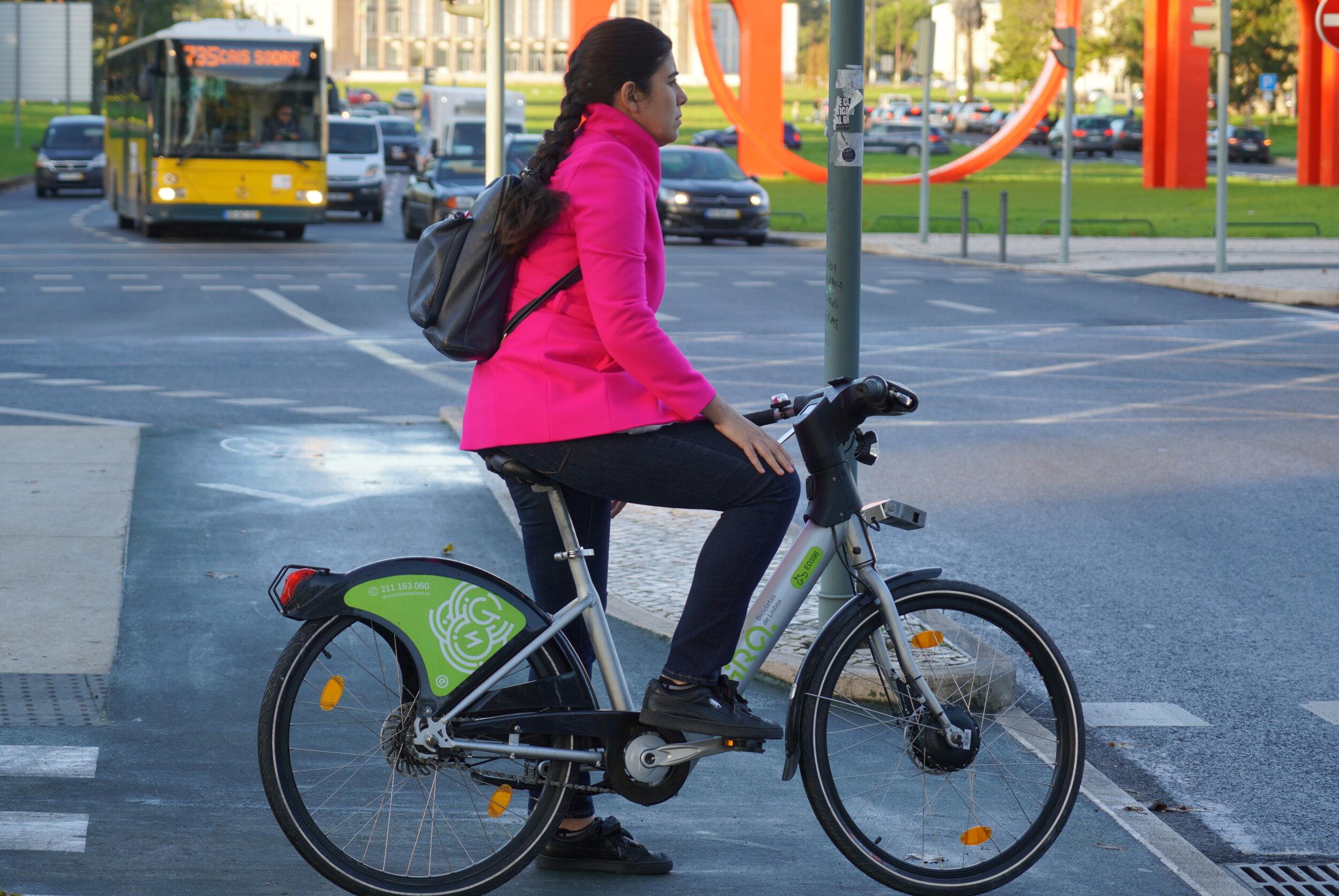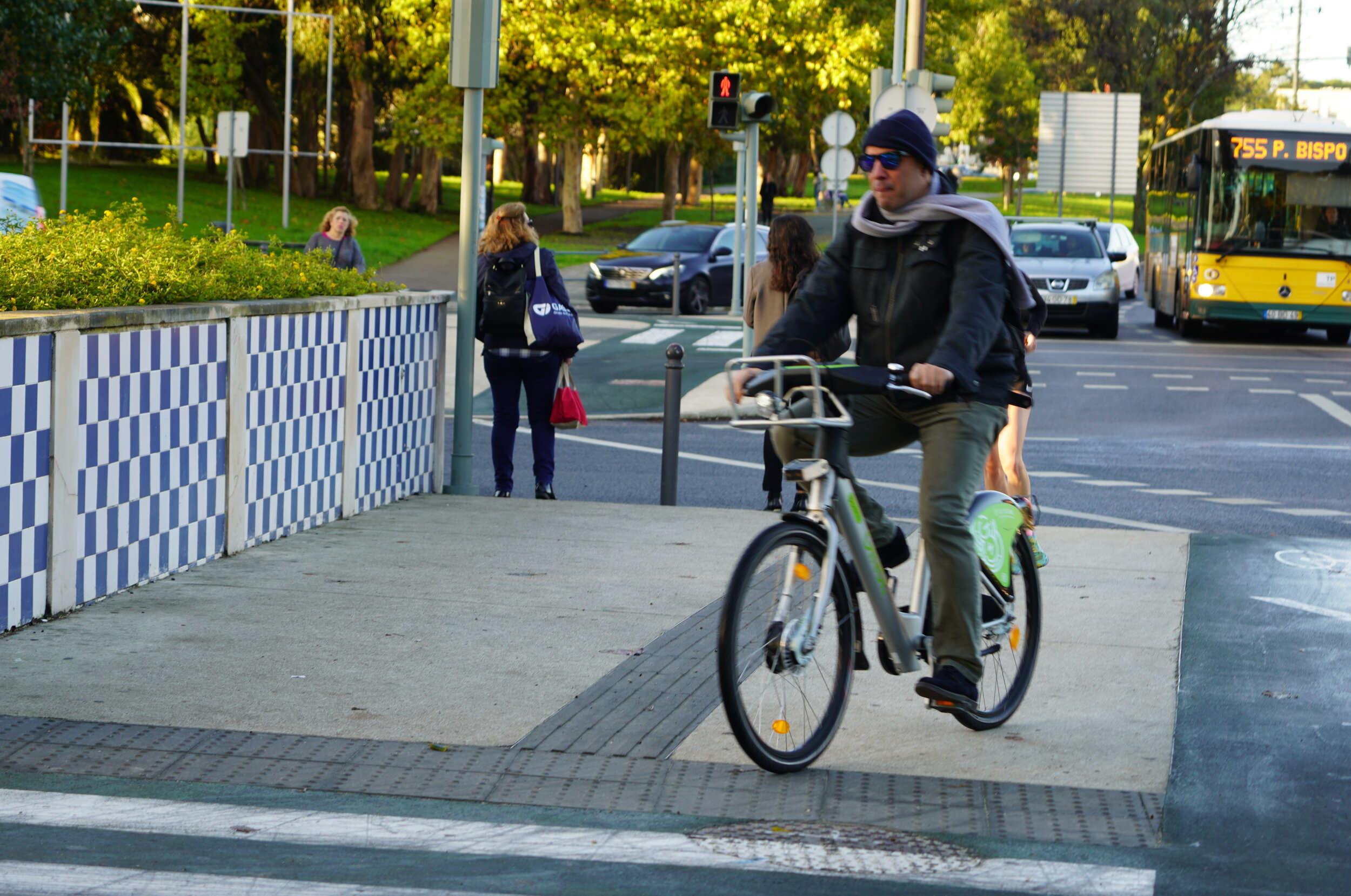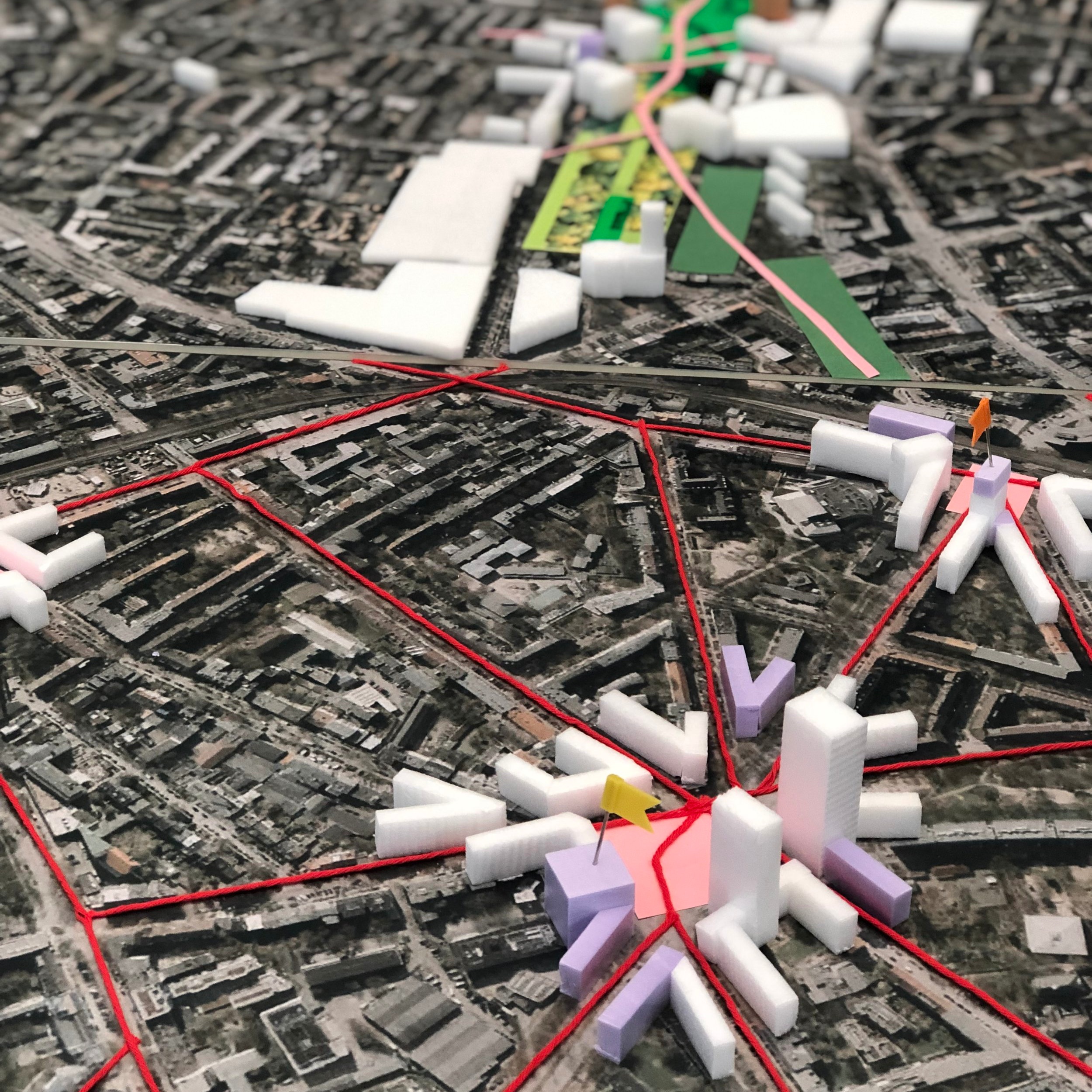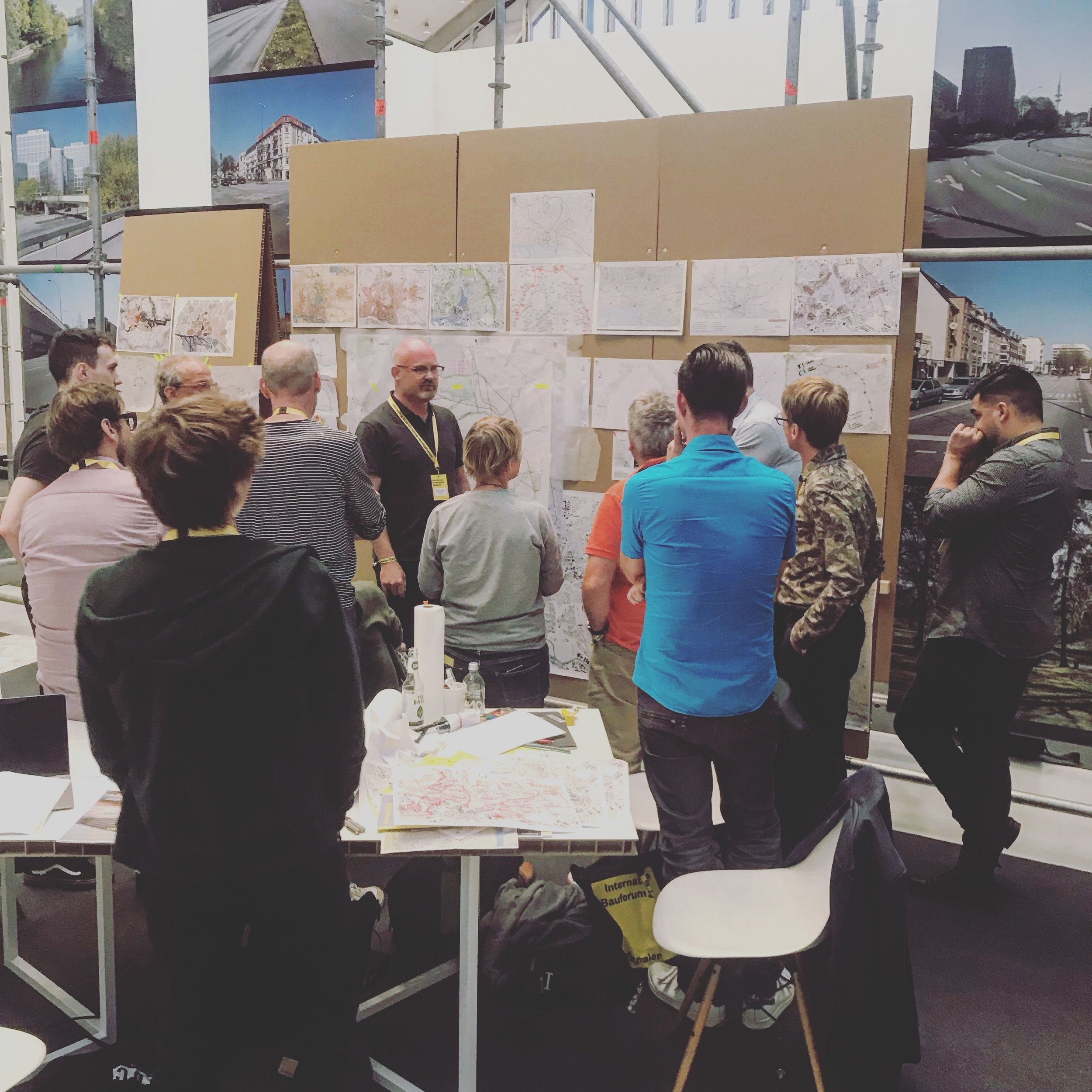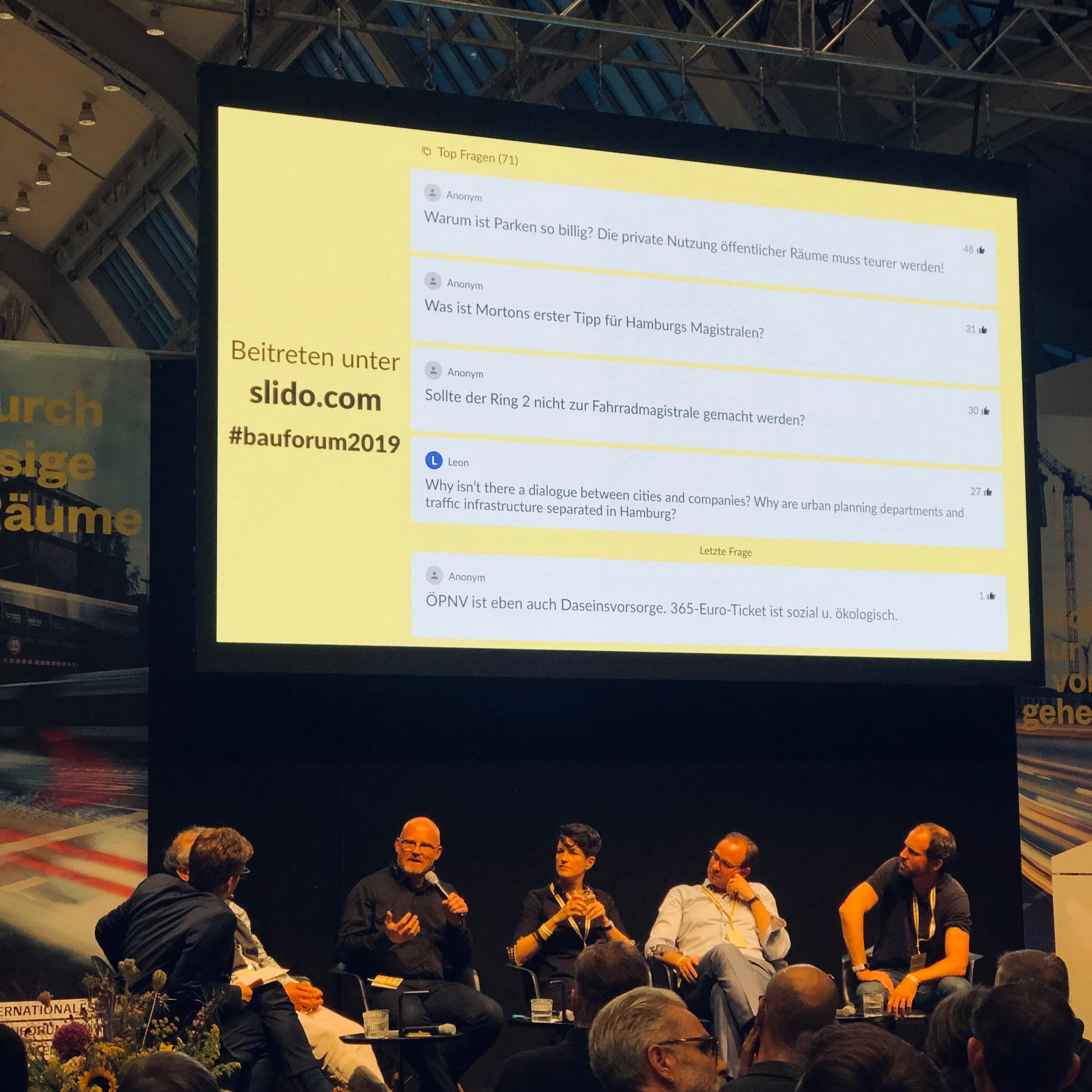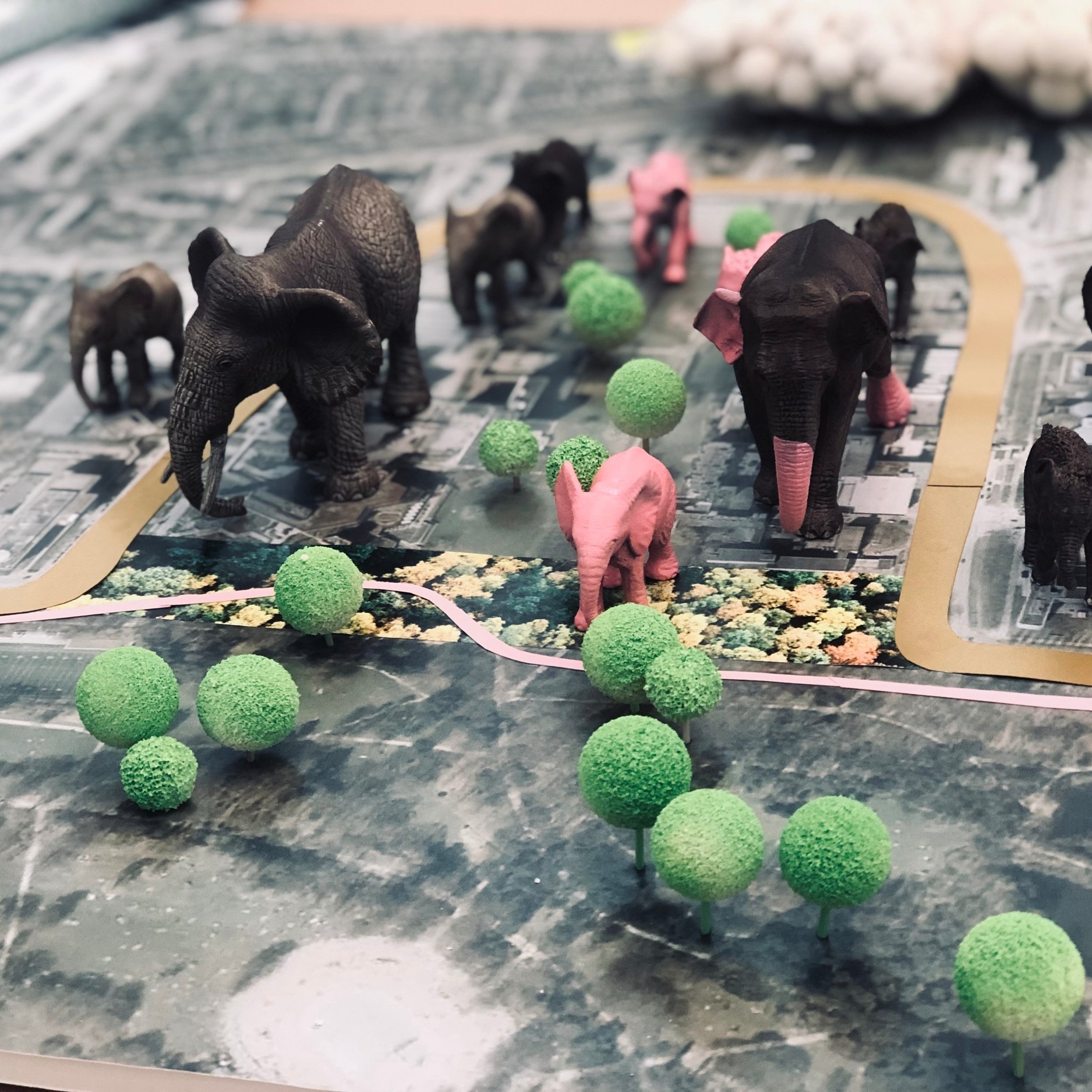A French Case Study in Orléans
Written by Planning Assistant, Ava Klein
In the past year and half the rates of bike ridership have risen enormously, with a 168% increase in cities like Houston, Texas since 2019, and hundreds of kilometres of bicycle lanes appearing in cities like Paris, France. The collective turn towards the bicycle amid the chaos of Covid comes as a reaction to a raised anxiety towards public transportation and a desire to deviate from our claustrophobic lockdown. We could not go to restaurants, see our friends, or travel to new places. As a result, engaging in the outdoors in our own city, or country, became the natural form of tourism, and a tool to get us there was the good old fashioned bike.
Encouraged by cities to keep their economy afloat and by residents who were eager to leave their confinement, cycle tourism became a popular form of vacation. One country that particularly leaned into cycle tourism was France. Between 2019 to 2020, 2.7 million bicycles were bought by French residents, with an 11% increase in bike ridership along EuroVelo, a network of long-distance cycling routes across Europe. France was positioned well to benefit from cycle tourism. About 10% of EuroVelo routes are located in France, becoming the 2nd largest destination for bicycle tourism next to Germany, with 21 million French residents cycling during their holidays. To encourage cycle touring, France invested $21.7 million worth of subsidies for cyclists, claiming that cyclists are eligible for up to 50 euros of bike repairs, as well as training and temporary bike parking.
French cycling economy (infographic by ADEME)
Why encourage cycle tourism so much?
The French subsidies seem like a lot and begs the question by some as to why a government would invest so much into encouraging cycling. While it seems like a lot of money, the amount of economic benefit that countries gain by investing in local tourism like cycle touring are incomparable. In France, from 2010 to 2018, the direct economic benefits of cycling were estimated to be around 8.2 billion euros annually with 80,000 jobs linked to the cycling industry. With indirect and other benefits of cycling factored in, such as health benefits, this figure goes up to 29.5 billion euros per year. France makes about 5.1 billion euros per year in cycle tourism specifically, and the economic impact has reached more than 100 million euros per year on the Vélodyssée (part of the EuroVelo network). Cycle tourism allows residents to contribute to the country’s economy, particularly through visiting smaller, more rural areas that may not typically gain the same level of economic investment as metropolitan regions. Not to mention, this form of tourism is significantly better for the environment, making long-term investment in cycle tourism in line with the European Commission’s Green Deal goals.
Orléans, France
How to make your region a cycle tourism hub: a case study of Orléan Metropole, France.
One region of France that wants to become a cycletourist capital in the region is the Orléans Métropole. Part of the Centre-Val-de-Loire region, Orléans is already recognised as a cycling area due to local initiatives that encouraged cycling and investment in routes. Located one hour outside Paris by train, the city offers incredible nature, including the first major French cycling route: la Loire à vélo. In the past year the city applied for the title of “Cycling Territory”, and consulted Copenhagenize for help. Copenhagenize was tasked to help attract a new target group of visitors to Orléans through offers, products, promotion and communication. Copenhagenize conducted analysis and focus groups to understand who chooses to cycle tour and what cities can put in place to make cycle tourism easy and accessible for all.
From our analysis we found that there is a wide range of people who choose to cycle tour, not just athletes. In fact, most participants in our focus group did not define themselves as “cycle tourists”, which connotes a level of athleticism, rather those who adopt cycling for travel tended to be from all ages and all physical conditions, experienced or inexperienced. Retired couples equipped with electrically assisted bicycles, families of different experience levels, students opting for a cheaper travel option, “sunday cyclists”, and sportsmen and women, were all amongst those who chose cycling as their tool for tourism. This means that cycle routes and support for cyclists must similarly assist a range of users. Some of these supports include proper multimodality, signposting, and sufficient pitstops for rest and refuelling. For instance, many cyclists note that it is discouraging and difficult when trains do not have proper facilities, or inconsistent facilities, to store bikes. One participant noted:
‘All the doubts you can have each time on the train: will you be allowed to get on or not, even though you have paid for your ticket?’
Having consistent and concrete dependence on trains, or other convenient forms of transportation, are key for cyclists to feel comfortable bringing their bike from their hometown to their touring destination. EuroVelo has also recommended that strengthening the link between bikes and trains can encourage more cycling in rural areas, which tends to be less popular than in the city.
As well, making it easy and simple for people of all levels to understand where the trail is, and where it goes, creates feelings of safety and security. This can be done through ensuring that all cycle routes are in good condition, levelled, without many water points, and removed from busy streets with cars. Indeed, one participant noted their experience riding along cars while bicycle-touring was ‘dangerous and stressful, people honking their horns, It's really unpleasant.’ Features like protected bike routes and signposting eases anxiety for cyclists, particularly beginners, and creates an enjoyable experience.
Protected bike lanes for cyclists in Orléans
Signposting in Orléans
Nonetheless, Orléans has enormous potential when it comes to being a cycle tourism hub. The region is in an ideal geographical location for cyclists, crossed by two EuroVelo cycle routes and several loops in the city itself. The routes are through beautiful natural settings that are fit for families and beginners to ride.
From our data, the French Copenhagenize team was able to design a detailed action plan that created a real brand around cycle tourism in Orléans, attracting a wide range of cycle tourists to this quaint and beautiful region of France. Cycle tourism has enormous economic and environmental potential. While the COVID-19 pandemic introduced more people to this form of travel, this tourist sector will likely continue to grow and improve, but can only do so by creating a comfortable environment for all.
